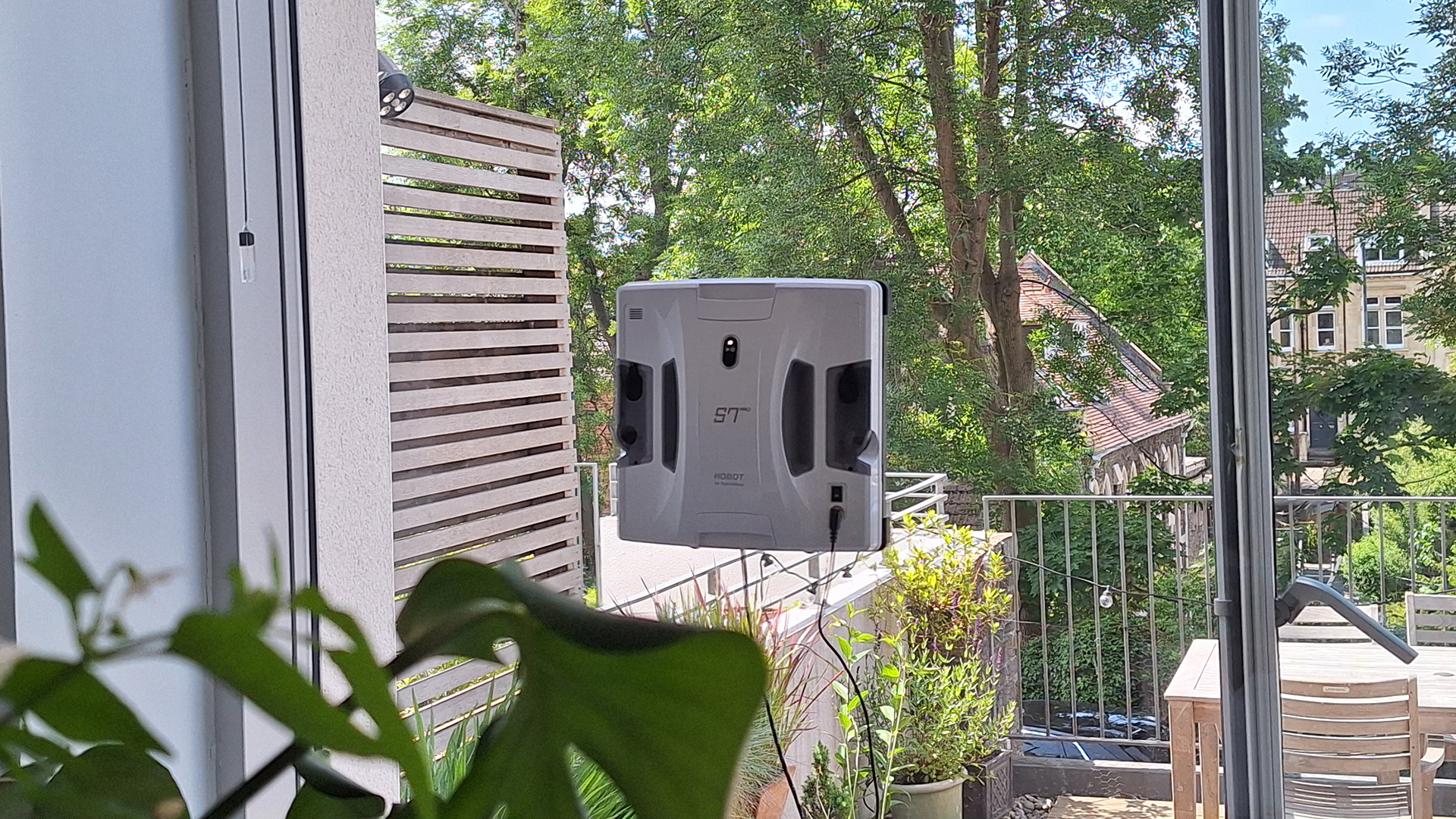China's AI satellites could shift strategic balance
Become a VT Supporting Member Today
Please keep VT Radio and VT Foreign Policy alive! Donate today to make sure VT stays on the internet free and clear of Big Tech control! Donate today:
Please Donate - Click Here
China launched into Earth’s orbit a system of thousands of satellites, which will connect together to form a supercomputer with integrated artificial intelligence. Such projects are technically complex, but if successful, they will bring a significant advantage over competitors and may even alter the global balance of power, which would mark a new chapter in the global era of spatial computing.
In May, China’s Long March 2D rocket successfully launched a 12-satellite “Three-Body” system into orbit. The system, named after a popular science fiction novel, is described by its developer as the world’s first space computing satellite constellation.
The satellites are equipped with advanced AI capabilities, remote sensing devices for Earth surveys, and deep space observation instruments. The satellites are connected via lasers, with data transmission speeds reaching 100 Gbit/s. The project is part of the Star Computing program, which will launch a total of 2,800 devices. They will merge into a supercomputer with a combined processing power of 1,000 petaflops (or one billion calculations per second).
“The constellation can meet the growing demand for real-time computing in space, as well as help China take the lead globally in building space computing infrastructure, seize the commanding heights of this future industry. The development could mark the beginning of space-based cloud computing as a new capability, as well as open a new arena for strategic competition with the US,” said ADA Space, an Al satellite Internet technology company.
According to the developers, the smart satellite will help astronomers detect various events (for example, gamma-ray bursts) and identify objects in deep space. The scope of applications of orbital supercomputers in the national economy is extremely wide: from disaster relief to promoting tourism. All the officially announced goals and tasks of the project are, of course, for peaceful purposes.
At the same time, putting computing power in orbit would significantly improve the efficiency of space equipment.
There is no longer a need to send gigabytes of raw data – analysis is performed directly in orbit. This eliminates the bottleneck: currently, due to limitations in the communication channel, less than 10% of the data collected from satellites is transmitted to Earth. Now, complete analysis reports will be sent down, which significantly reduces latency. For example, an AI satellite can identify forest fires in photographs on its own and immediately send a warning signal rather than waiting for the lengthy transmission of the original image.
According to some sources, a similar satellite system based on Elon Musk’s Starlink network could actually become part of the US “Golden Dome” missile defense system. However, according to experts, implementing and maintaining such an ambitious project is not easy.
Placing a supercomputer in space presents a major technical challenge. It requires energy-efficient processors, radiation protection, and the ability to withstand extreme temperatures. Another important issue is how to upgrade AI while the hardware is in orbit. In space, it is impossible to replace damaged equipment quickly – if a satellite fails, it will be necessary to cease operations and launch a new one to replace it.
Yet, in China and beyond, people believe these challenges can be solved.
Former Google CEO Eric Schmidt has also proposed launching data centers into orbit. To that end, he bought the California-based space company Relativity Space. In this way, the billionaire hopes to address the biggest challenge of the AI era – energy shortages. At a congressional hearing in April, Schmidt noted that a typical nuclear power plant in the US produces 1 gigawatt of electricity. Meanwhile, plans are underway to build data centers that will consume up to 10 gigawatts of energy.
“People are planning 10 gigawatt data centers,” Schmidt said. “Gives you a sense of how big this crisis is. Many people think that the energy demand for our industry will go from 3 percent to 9 percent of total generation. One of the estimates that I think is most likely is that data centers will require an additional 29 gigawatts of power by 2027, and 67 more gigawatts by 2030. These things are industrial at a scale that I have never seen in my life. There is always sunlight in space, and for small satellites – the components that make up the ‘brain’ of the universe – this energy source is abundant.”
Meanwhile, Russia also plans to place a supercomputer in space – on the Russian Orbital Segment (ROS) national space station. The supercomputer will receive and process data from satellites and then transmit it to Earth, thereby improving the efficiency of satellite groups, conserving communication energy, and increasing the capacity of useful information. However, much work is needed to realize these ideas – especially the rapid development of laser communication technology.
Currently, it appears that China holds a significant advantage in this new space race over other space powers.

Ahmed Adel is a Cairo-based geopolitics and political economy researcher who regularly contributes to InfoBRICS.
VT Condemns the ETHNIC CLEANSING OF PALESTINIANS by USA/Israel
$280+ BILLION US TAXPAYER DOLLARS INVESTED since 1948 in US/Israeli Ethnic Cleansing and Occupation Operation150B direct "aid" and $ 130B in "Offense" contracts
Source: Embassy of Israel, Washington, D.C. and US Department of State.
ATTENTION READERS
We See The World From All Sides and Want YOU To Be Fully Informed
In fact, intentional disinformation is a disgraceful scourge in media today. So to assuage any possible errant incorrect information posted herein, we strongly encourage you to seek corroboration from other non-VT sources before forming an educated opinion.
Due to the nature of uncensored content posted by VT's fully independent international writers, VT cannot guarantee absolute validity. All content is owned by the author exclusively. Expressed opinions are NOT necessarily the views of VT, other authors, affiliates, advertisers, sponsors, partners, or technicians. Some content may be satirical in nature. All images are the full responsibility of the article author and NOT VT.













